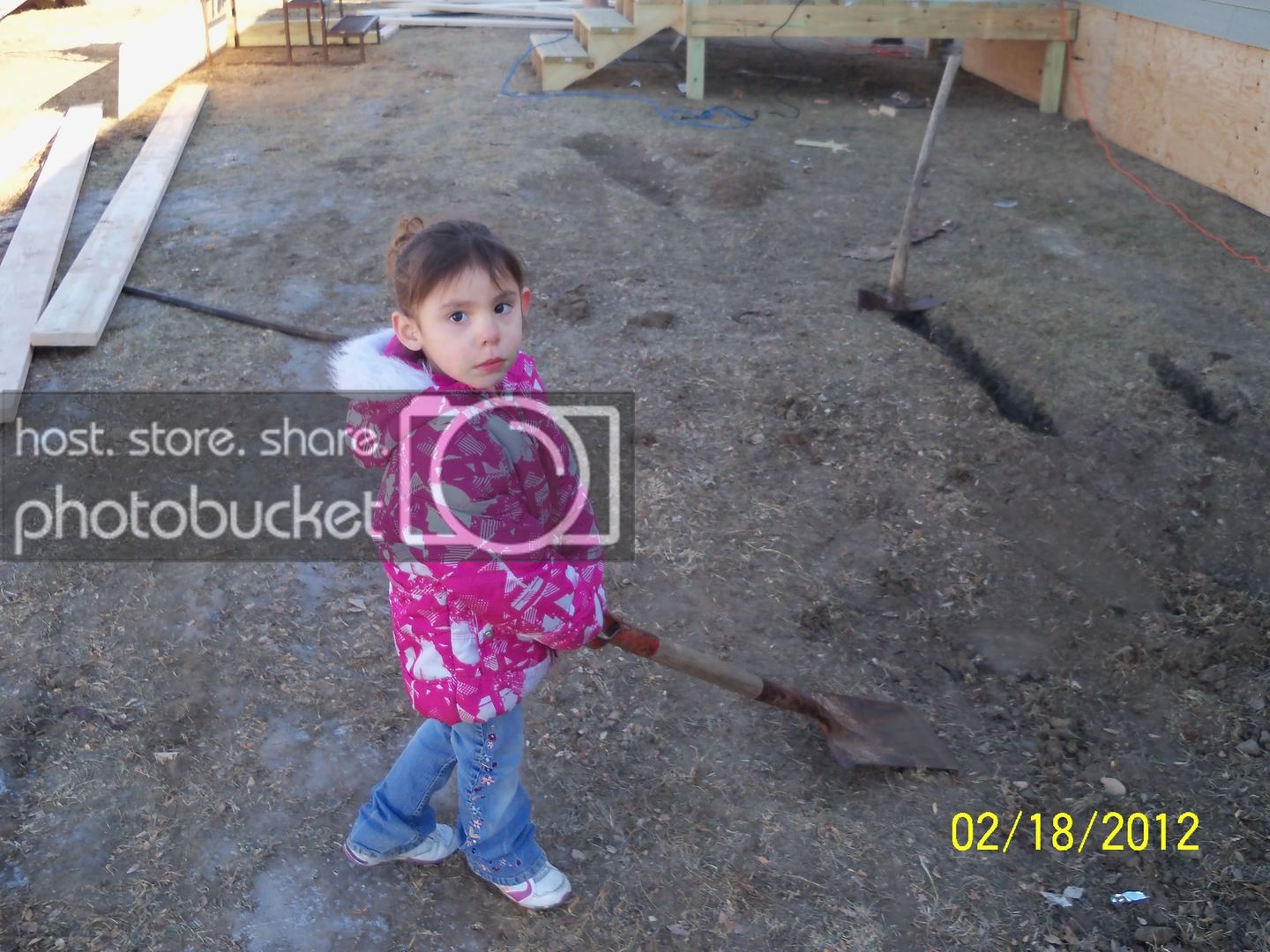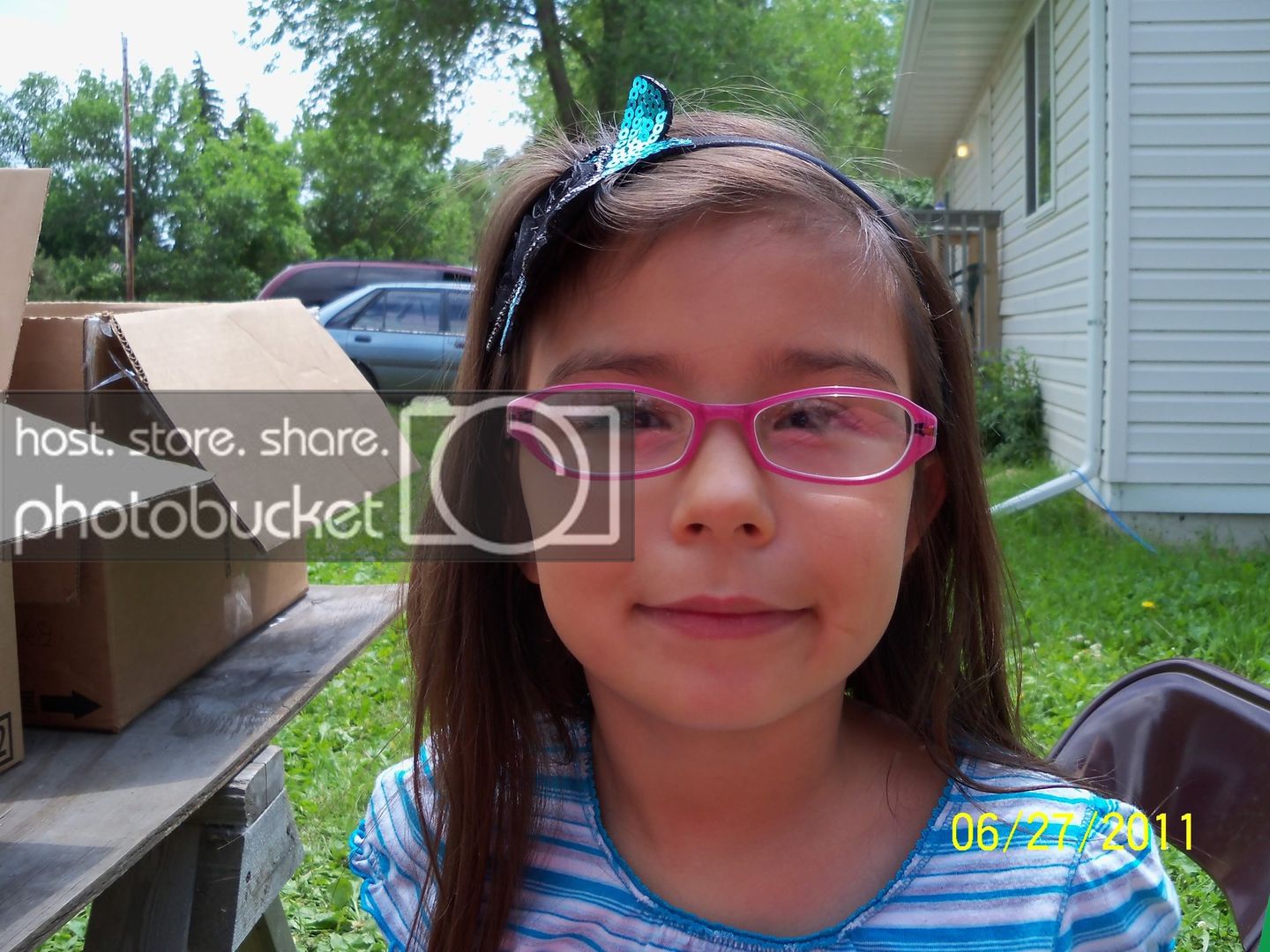 https://www.google.com/search?q=native+americans+health+care&source=lnms&tbm=isch&sa=X&ved=0ahUKEwiPj-PIjePUAhUizIMKHUrsDrUQ_AUICygC&biw=1366&bih=662#imgrc=atxzgZS-ayjnyM:
https://www.google.com/search?q=native+americans+health+care&source=lnms&tbm=isch&sa=X&ved=0ahUKEwiPj-PIjePUAhUizIMKHUrsDrUQ_AUICygC&biw=1366&bih=662#imgrc=atxzgZS-ayjnyM:
When I explain tribal sovereignty to people and how it actually is applied, I say “when it’s good for the government to respect tribal sovereignty, they respect tribal sovereignty. And when it’s not good for the government to respect tribal sovereignty, they don’t respect tribal sovereignty.”
The federal government’s failure to provide easily accessible health services to Native people in Santa Fe amounts to an abrogation of its historical responsibility under various treaties. Although many people, including Talawepi, praise the culturally responsive treatment they’ve received at the local Indian Hospital, they say the IHS rationing arrangement that prioritizes local tribes over Native people from outside Northern New Mexico is unfairly fomenting tensions over care that should be guaranteed to everybody who qualifies for it.
“In the first century of US history, the federal government ratified more than 300 treaties guaranteeing it would provide for the welfare of Indian people in exchange for tribal land and natural resources,” but this isn’t good for the government, is it?
Talawepi, a Hopi mother and assistant academic dean at the Institute of American Indian Arts, has been living for months with an intrauterine device that is displaced in her uterus. She had the IUD inserted five years ago at the Santa Fe Indian Hospital on Cerrillos Road. When she recently asked hospital staff to remove it, they told her they didn’t have the technical ability to do so, then referred her to Christus St. Vincent hospital.
If Talawepi were enrolled as a tribal member in one of the Pueblos that surround Santa Fe, she would likely have been able to have the procedure at St. Vincent and have the bill sent over to Indian Health Service—the federal agency that oversees the Santa Fe Indian Hospital—so that she would pay nothing out of pocket. But because she is Hopi, the Santa Fe Indian Hospital will not cover the costs of the outside referral. And her Medicaid plan won’t pay for enough of the procedure at a private hospital to make it affordable.
While there are complexities such as “If Talawepi were enrolled as a tribal member in one of the Pueblos” in this situation, the fact that “her Medicaid plan won’t pay for enough of the procedure at a private hospital to make it affordable” is pretty simple. Clearly, everything Mitch McConnell and the “Death Party” want to do make this Hopi Woman’s Medicaid plan not “pay for enough of the procedure at a private hospital to make it affordable.” On the other hand, everything Nancy Pelosi and the Democratic Party want to do is will make this Hopi Woman’s Medicaid plan affordable, right?
Published June 25, 2017
WASHINGTON – On Friday, the U.S. Census Bureau released new estimates on the population in the United States. Estimates released Friday, indicate the American Indian and Alaska Native population grew by 1.4 percent to 6.7 million between July 1, 2015 and July 1, 2016.
Consider the fact that “American Indian and Alaska Native population grew by 1.4 percent to 6.7 million.” While some issues such as tribal sovereignty may be difficult for some members of the Democratic Party to be supportive of given its complexities (yes, I’m holding my nose), being actively supportive in such cases as “her Medicaid plan won’t pay for enough of the procedure” should be effortless as making public statements to make them part of the base, along with actively opposing the privatization of reservation lands and so on. No hollow promise will ever suffice, for the bigger the unkept promise — the bigger the damage. Conclusively, situations like this must be included in the public debate.
A lot of urban Indians feel that we are being pushed out of the system,” says Cyndi Hall, a Cherokee woman living in Santa Fe. “It’s paper genocide. That’s what it is. It’s paper genocide. Not with weapons, it’s not rounding us up anymore, [but] on paper we don’t get the treatment we were guaranteed to get.”




Leave a Reply